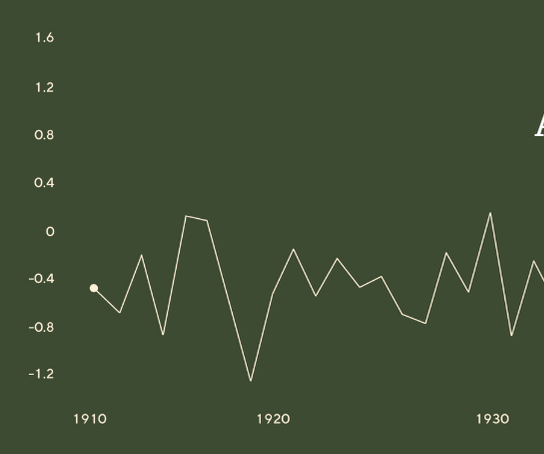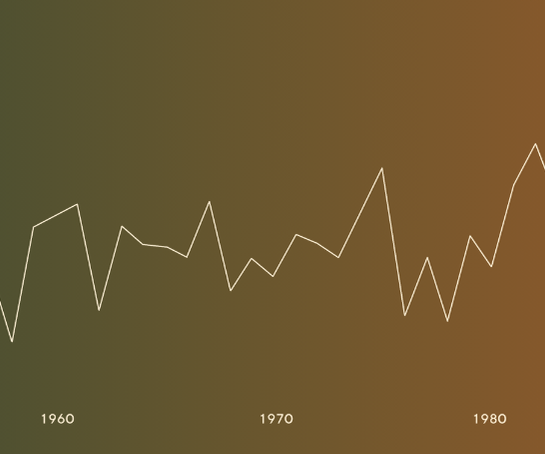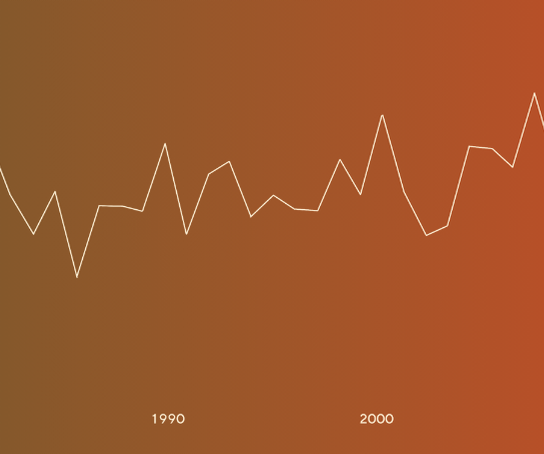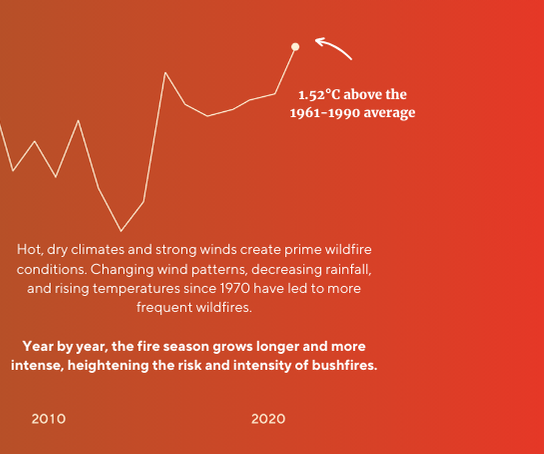
EXPLAINER
How do bushfires occur?

How do bushfires occur?
Bushfires in Australia occur due to a combination of factors influenced by seasonal weather patterns. Elements such as wind, temperature, humidity, and rainfall play a crucial role in fire behaviour. Additionally, climate change amplifies the frequency and risk of these fires by affecting temperature, environmental moisture, weather patterns, and fuel conditions.
Recent decades have witnessed an increase in dangerous bushfire weather conditions in various Australian regions. This includes heightened extremes during summer and an earlier onset of the bushfire season. These changes are attributed to human-induced climate change, characterised by rising temperatures and more frequent dry periods. In northern Australia, significant fire activity during the dry season is driven by increased monsoonal rainfall, promoting fuel growth and elevating fire danger in the region.
The role of climate change, primarily fuelled by the burning of fossil fuels, has become a significant contributor to the escalating threat of bushfires. The release of greenhouse gases from coal, oil, and gas combustion further exacerbates the conditions that lead to intensified and more frequent fires, posing a considerable challenge to Australia's ecosystems and communities
“We need urgent emissions reductions, and a coordinated national effort on coping with worsening extreme weather disasters”.
-Greg Mullins, Climate Councillor, member of the Emergency Leaders for Climate Action and Former NSW Fire and Rescue Commissioner
What is the impact of bushfires in Australia?
Bushfires in Australia can have widespread repercussions, extending beyond the immediate loss of life, property, and infrastructure. These events significantly impact air quality, with detrimental effects on both human and animal health, and lasting consequences on soil and water quality. The devastation also extends to ecosystems, threatening plants, animals, and biodiversity, with estimates suggesting a potential loss of a billion animals due to habitat destruction and food scarcity.
Economically, the damage to infrastructure, especially in industries such as farming and tourism, carries significant costs. The fires also contribute to climate feedback loops, emitting substantial amounts of carbon dioxide into the atmosphere, exacerbating global warming, and increasing the likelihood of future fires. Pollution, including ash in drinking water catchments and on beaches, poses additional environmental threats.






